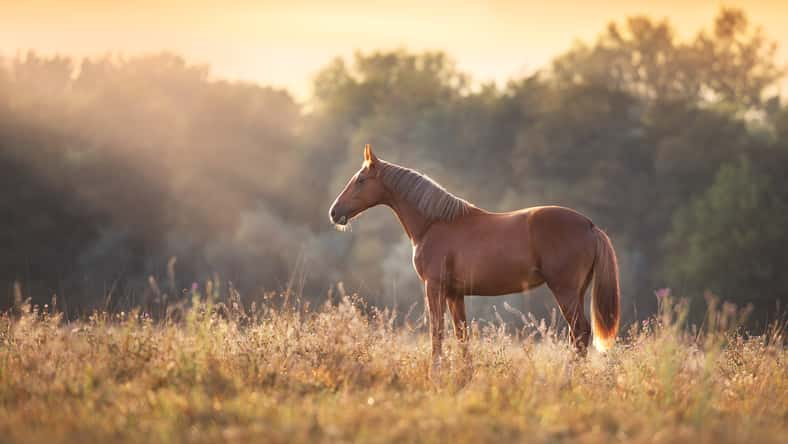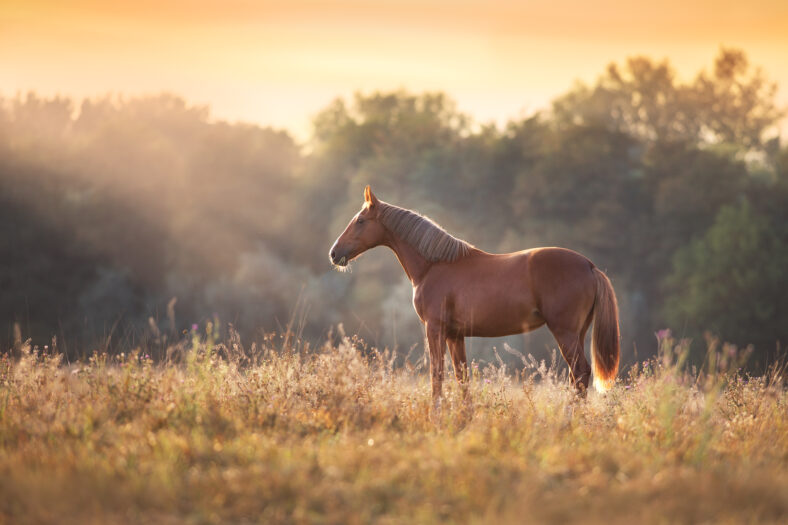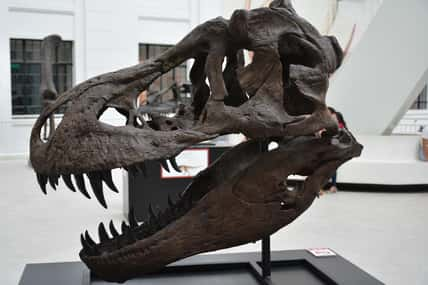A Roman Cavalry Horse Was Found Buried With Grave Goods, Hinting At A Special Connection With A Soldier

While preparing for the construction of a new housing development, archaeologists discovered the remains of a Roman cavalry horse that died of unknown causes.
Its rider had buried a few grave goods next to one of the horse’s legs: two jugs and a small oil lamp. These items were usually associated with human graves in Roman culture.
The burial dates back to 1,800 years ago and is located in what is now southern Germany. According to the State Office for Monument Preservation of the Stuttgart Regional Council, the horse skeleton was recently unearthed during excavations of a massive Roman horse cemetery in Stuttgart.
The discovery was made last summer in the midst of preparations for a new housing development. Overall, more than 100 horse skeletons were found, and radiocarbon dating revealed they were from the 2nd century C.E. The animals were most likely part of a Roman cavalry unit that was in the area between 100 and 150 C.E.
An important Roman military base was stationed in the area at the time. Researchers believe the cavalry unit consisted of more than 700 horses and roughly 500 men.
The animals were buried in a special area after they died. Their remains were found about 1,300 feet from the site of the cavalry fort.
It appeared that each horse was dragged into a shallow pit and placed on its side. Some of the horses were arranged with their legs bent, while others had their limbs stretched out.
The horse buried with the grave goods was unique, as archaeologists did not find any similar burials. The grave goods suggest that the owner had a deep bond with his steed and grieved over the creature’s death.
The Roman soldiers must have marked the location of each grave because there was very little overlap between the burial sites. The horses did not die at the same time from a big event like a disease outbreak or battle.

Sign up for Chip Chick’s newsletter and get stories like this delivered to your inbox.
Instead, they seemed to have passed away one by one, probably due to illnesses or injuries that prevented them from carrying out military duties.
If a horse was still able to walk, it was likely led to the cemetery and euthanized on site so that its heavy body would not have to be dragged all the way there.
Among the horses, there was also the body of an adult man. He was found lying on his stomach without any grave goods. He appeared to have been buried with a lack of care, indicating that he was an outsider of some sort.
It is not the first time that archaeologists have stumbled upon equine remains in the area. In the 1920s, construction crews came across horse skeletons, too. Archaeologists think that the horse cemetery is even larger than the area they’ve already excavated.












